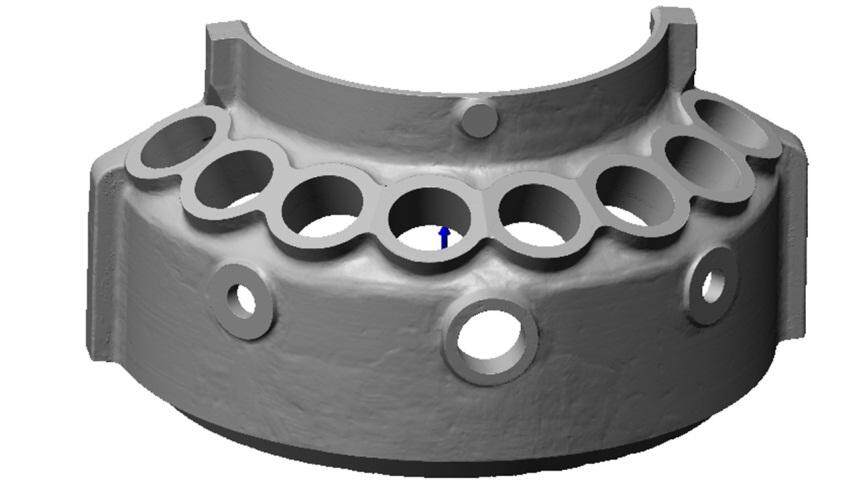Email format error
Email cannot be empty
Email already exists
6-20 characters(letters plus numbers only)
The password is inconsistent
Email format error
Email cannot be empty
Email does not exist
6-20 characters(letters plus numbers only)
The password is inconsistent

News
Analysis of Casting Defects in Resin Sand Molding Process in Copper Casting Process
Investment casting, sand casting, and gypsum casting are the most widely used casting processes in the art casting industry, and resin sand casting is widely used in the production of large castings. Now we only briefly analyze the main casting defects in the large-scale artistic casting process of copper and copper alloy resin sand technology, and propose practical technological solutions.
In specific production, the specific properties of the furan resin used for modeling: free formaldehyde 0.29%, free acid 1.94%; coating properties: density is 1.255 g/cm3, viscosity is 15.7 s, and gas emission is 17.9 mL/g. The sand used for modeling is natural quartz scrubbing sand, the particle size is 97.2% concentrated in 50/100 mesh, the mud content is 0.28%, the SiO2 content is 93%, and the angle coefficient is 128.

The amount of resin added is 1.5% of the sand weight, and the amount of curing agent added is 40% to 70% of the resin, which is fully stirred by a sand mixer.
Expansion box
Performance characteristics
The overall thickening or local thickening of the casting results in uneven thickness of the casting, affecting the overall mechanical properties, and at the same time consuming the copper alloy and increasing the cost. In severe cases, the castings may be scrapped.
Cause
The molding is not in place; the process holes are not opened reasonably; the reinforcement screws are not tightened; the silica sand used for molding is recycled and reused, and the dust content is too high, resulting in insufficient sand strength; sand deformation; pouring temperature is too high, pouring speed is too fast, etc.
Solution
When the sand mold is closed, the four corners of the box should be smoothly dropped, and check whether it is in place, and adjust the deformed or non-seam blocks; according to different shapes, scientifically open process holes, check the reinforcement screws repeatedly before pouring, and be sure to tighten them tightly; check silica sand To ensure that the new sand is replaced in time or more new sand is added to the old sand; the temperature of the copper liquid is strictly measured before pouring, and a reasonable pouring temperature should be selected according to the size and complexity of the mold block to ensure the uniformity of the copper liquid. Smooth entry into the cavity.
Slag inclusion, shrinkage
Performance characteristics
There is a very obvious oxide layer on the surface of the casting, and there are many small scattered and irregularly shaped pores. These casting defects seriously affect the surface aesthetics of the castings, as well as the weldability and mechanical properties. However, shrinkage can only be effectively controlled but not completely solved.
Cause
During copper alloy smelting, there is no stirring or slag smashing or the slag smashing is not clean, the suction volume is large during the smelting process, the slag blocking link is not done well during pouring, and the pouring temperature is high.
Solution
Before the copper alloy liquid is released from the furnace, it should be fully stirred, the temperature should be measured before pouring, and the slag should be removed twice. The slag inclusion and shrinkage porosity of the castings is obviously reduced, and the quality of the castings is improved.
Conclusion
For more information about lost wax investment,lost wax mold making,fetta lost wax casting, we are glad to answer for you.

